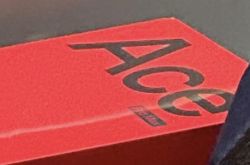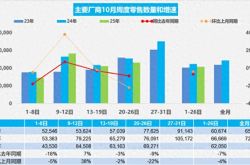SAIC’s Huawei Collaboration: Who’s Feeling the Pressure?
![]() 09/24 2025
09/24 2025
![]() 642
642
Source: Yuan Auto
For four years, SAIC faced criticism for refusing to “sell its soul” to Huawei. Today, having taken on board advice, SAIC has joined forces with Huawei, creating a seismic shift in the automotive industry.
“The Shangjie H5 is priced from 159,800 yuan, marking the first time the ADS 4 Max super-advanced version has been introduced to the sub-200,000-yuan market.”
While Huawei’s Executive Director and Terminal BG Chairman Yu Chengdong also unveiled the new AITO M7 alongside the Shangjie H5, the latter has created a bigger buzz in the market, thanks to its unique positioning of offering the “full-spec” Huawei assisted driving system starting at 179,800 yuan.
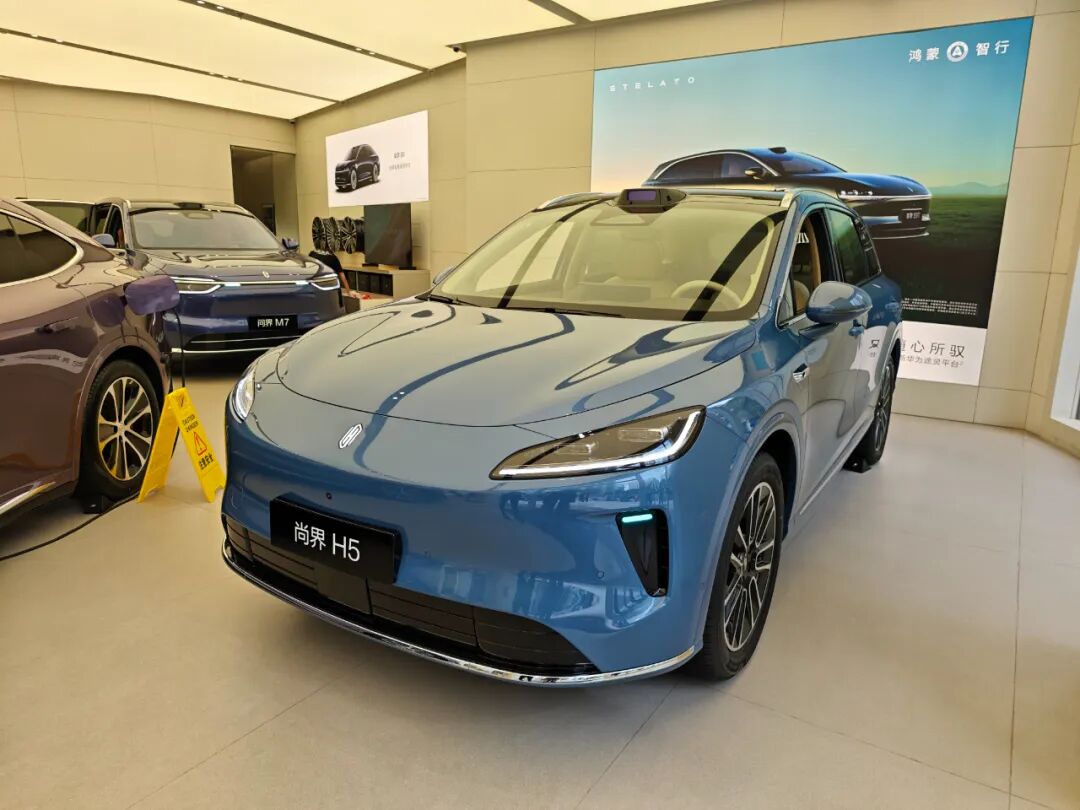
Following the announcement of the Shangjie H5’s pre-sale price, this new vehicle, jointly developed by SAIC and Huawei, has already secured over 160,000 orders. Now, with an even more affordable official starting price, it is set to cement its status as a market sensation.
They say changing course for a large ship is tough, but SAIC has transitioned from sluggish growth in the first half of 2024 to a full-scale recovery in just a year. Of course, SAIC’s transformation involved more than just a renewed partnership with Huawei, but this “Huawei solution” is likely leaving many competitors feeling both envious and overwhelmed.
01 Is Huawei Giving SAIC Special Treatment?
Among all “Chinese-brand vehicles” equipped with Huawei’s ADS 4 Max super-advanced version or higher of the Qiankun Intelligent Driving System, the Shangjie H5 stands out as the only model priced below 200,000 yuan.
Highlighting this price range is essential because Huawei’s Qiankun Intelligent Driving System is categorized into four tiers: SE (Basic), Pro (Enhanced), Max (Super-Advanced), and Ultra (Flagship). Only the Max and Ultra versions support advanced features like parking-to-parking assisted driving, valet parking, and urban intelligent assisted driving, earning them the moniker “full-spec.”
Is Huawei showing preferential treatment to SAIC by making the “full-spec” assisted driving system available in vehicles priced below 200,000 yuan? According to Huawei, this achievement was not possible through their efforts alone.
As reported by XuanYuan Business Review, shortly before the 2024 Guangzhou Auto Show, Jia Jianxu, who had only recently taken over as SAIC Group’s president, met with Huawei founders Ren Zhengfei and Yu Chengdong for dinner. During the discussion on Huawei’s Harmony Intelligent Mobility product strategy, Yu Chengdong openly admitted that it wasn’t a lack of desire to produce vehicles under 200,000 yuan, but rather an inability to reduce costs sufficiently.
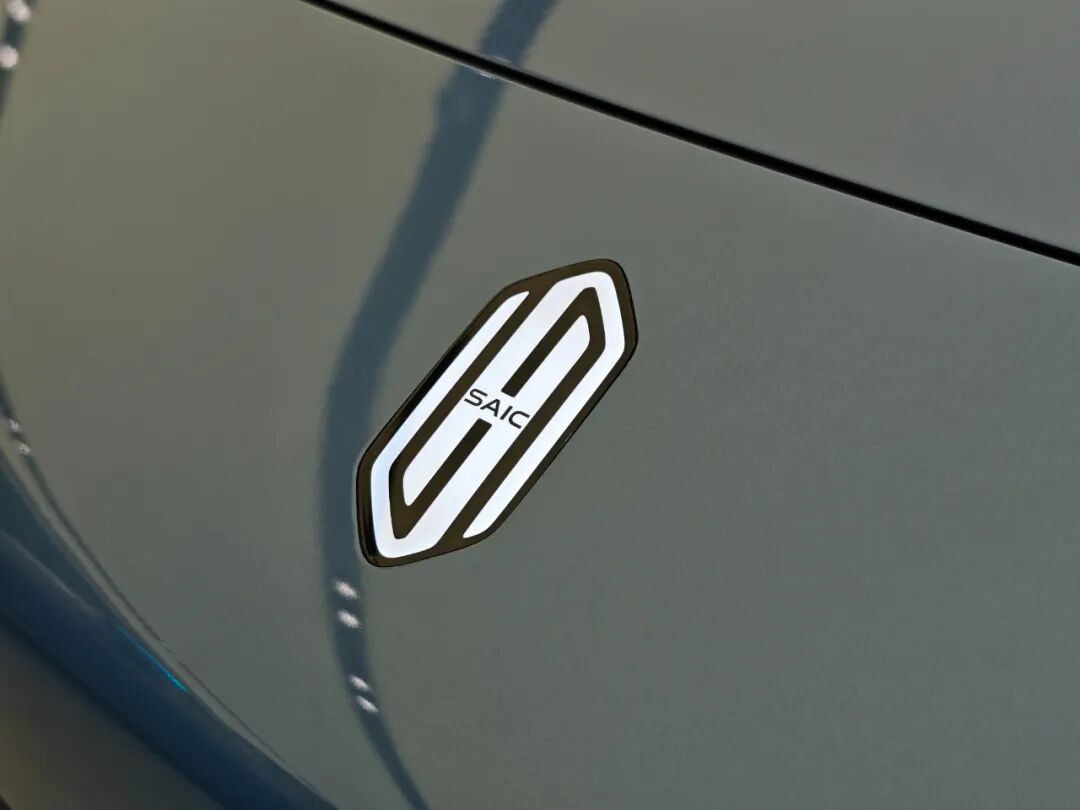
At that time, Huawei’s Harmony Intelligent Mobility “Four Brands” had already been introduced: AITO (co-developed with Seres), Luxeed (co-developed with Chery), Enjoy (co-developed with BAIC New Energy), and Exceed (co-developed with JAC), covering the 250,000-1,000,000 yuan market. Compared to these four automakers, SAIC, despite experiencing a downturn, still possessed a significant edge in terms of scale and heritage.
For context, SAIC Group’s sales volume dropped by 20.07% year-on-year in 2024 but still exceeded 4 million units, outpacing the combined sales of Seres, Chery, BAIC New Energy, and JAC during the same period.
Capitalizing on its relatively robust financial position, Jia Jianxu assured Ren Zhengfei and Yu Chengdong during the dinner that SAIC would make every effort to control costs outside of assisted driving and intelligent cockpit systems, collaborating with Huawei to fill the market void below 200,000 yuan. This collaboration has culminated in today’s Shangjie H5, with even its top-tier variant priced below 200,000 yuan.

For Jia Jianxu and SAIC, fulfilling such a commitment was no small feat.
On September 23, Yuan Auto learned from sources close to Huawei’s Harmony Intelligent Mobility that the hardware cost of a Huawei Qiankun Intelligent Driving ADS 4 Max super-advanced system amounts to a five-digit figure. When combined with the Harmony Cockpit, these components represent over 10% of the Shangjie H5’s starting price. “This wouldn’t have been feasible without SAIC leveraging its supply chain, which even major overseas automakers depend on,” the source noted.
02 Competitors Left Watching with Envy
The market impact of the Shangjie H5 has been particularly daunting for automakers that have recently partnered with Huawei and are banking on assisted driving to drive new vehicle sales, especially state-owned “national team” automakers with backgrounds akin to SAIC’s.
In July, Dongfeng’s premium new energy brand, Voyah, introduced the Free+, bringing the Huawei Qiankun Intelligent Driving ADS 4 Max super-advanced system to the 219,900-yuan starting price point. In August, Voyah unveiled the Zhiyin, positioned slightly lower than the Free+, further reducing the price of the full-spec Huawei assisted driving system to 202,900 yuan. Then, in September, GAC adopted a different strategy by offering more value for the same price, setting a replacement price of 219,900 yuan for its flagship SUV, the Emkoon S9 Qiankun, which is notably larger than the Voyah Free+.
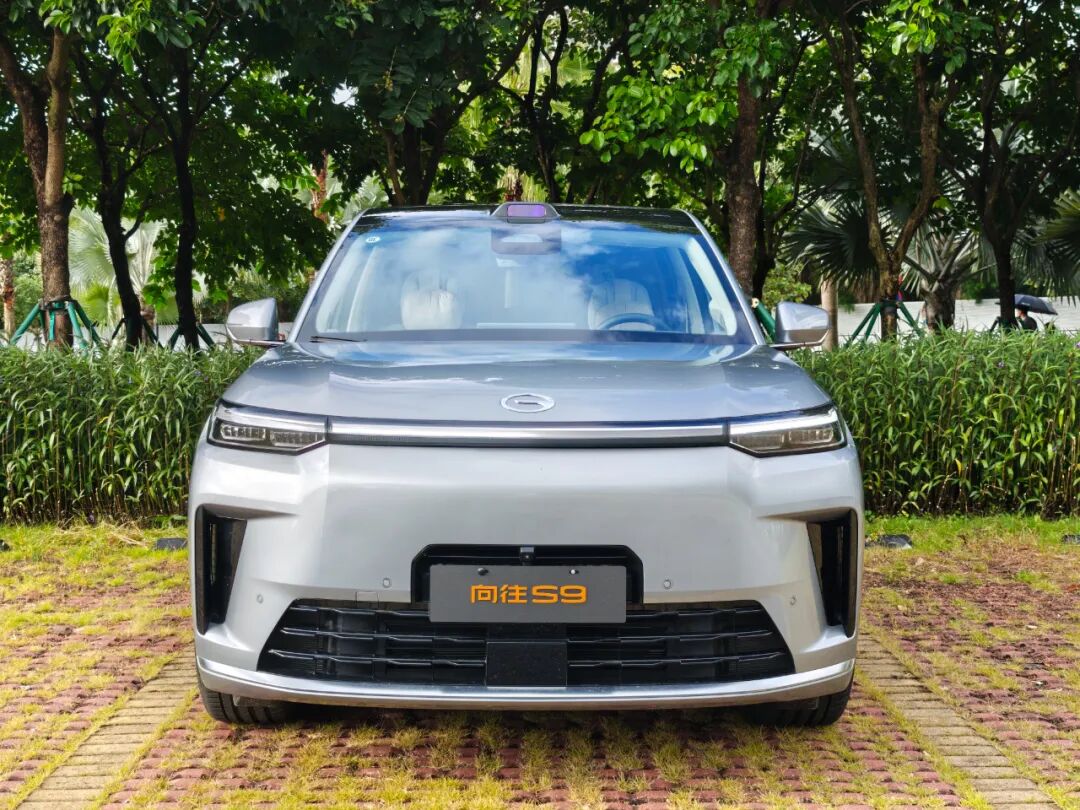
Besides Dongfeng Voyah and GAC Trumpchi, automakers like Avatr and Deepal have also entered this price war centered around Huawei’s assisted driving technology. However, with the launch of the Shangjie H5, this chaotic competition has temporarily reached a standstill.
Indeed, as Huawei’s assisted driving technology becomes more widespread, this once-exclusive feature is starting to become commonplace. Identifying a unique ecological niche within the “Chinese-brand vehicle” market is now a pressing issue that demands serious attention. Looking ahead, not only will more “national team” automakers enter this arena, but new energy startups like Leapmotor and joint venture automakers such as FAW-Audi will also increasingly embrace Huawei.

Leaving aside automakers with a more supplier-like relationship with Huawei, even within Huawei’s Harmony Intelligent Mobility “Five Brands,” some have already fallen behind due to unclear positioning. For instance, Luxeed, which experienced declining sales in 2025, saw monthly sales peak at 12,510 units in January before plummeting to 1,702 units in August. A model refresh at the end of August helped improve the situation somewhat.
From a product standpoint, Luxeed targets the 200,000-300,000 yuan market segment with conventional mid-size SUV and sedan models, facing fierce competition from numerous other brands. Under these circumstances, even being a “Huawei-backed” brand offers no guarantee of sales success.
Returning to the Shangjie H5, based on the mutual commitment between SAIC and Huawei, it is expected to retain the title of “most affordable full-spec Huawei assisted driving” for a considerable time. Other “Chinese-brand vehicles” may need to explore new avenues to “compete.”
Some images sourced from the internet. Please notify us for removal if there is any infringement.

